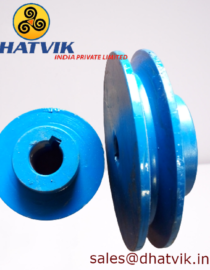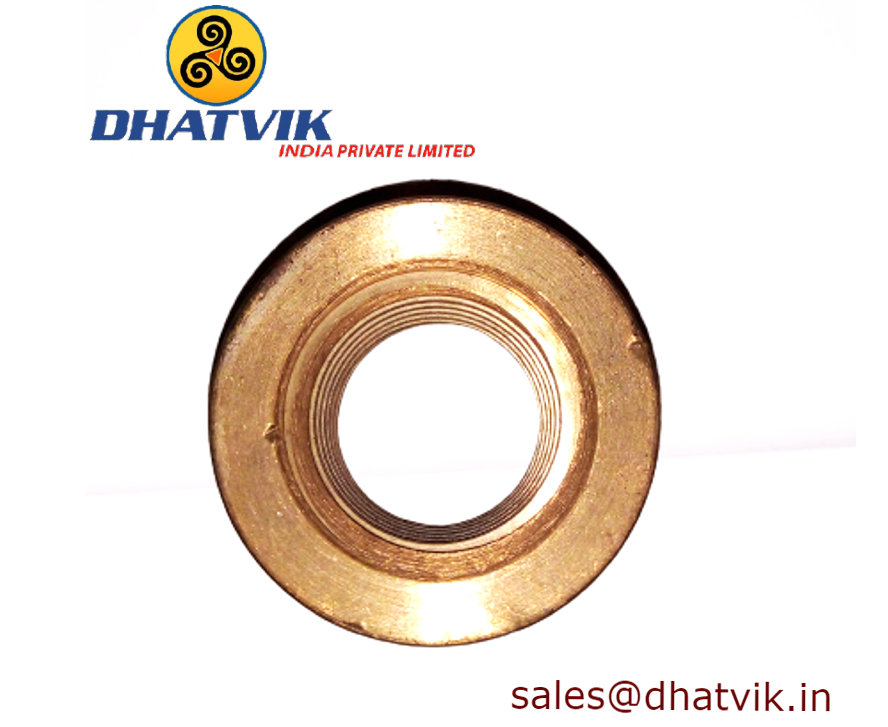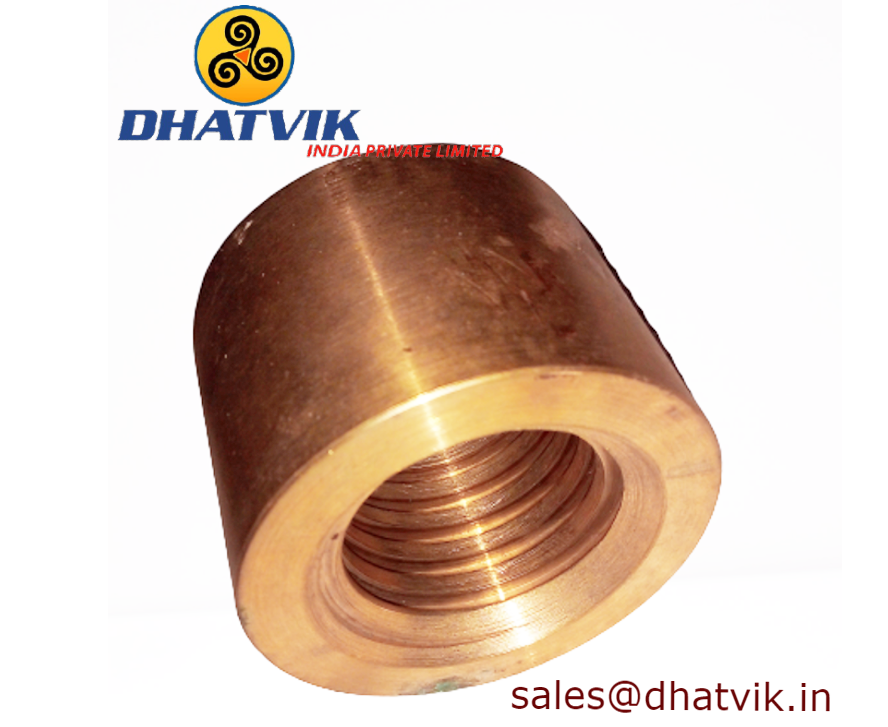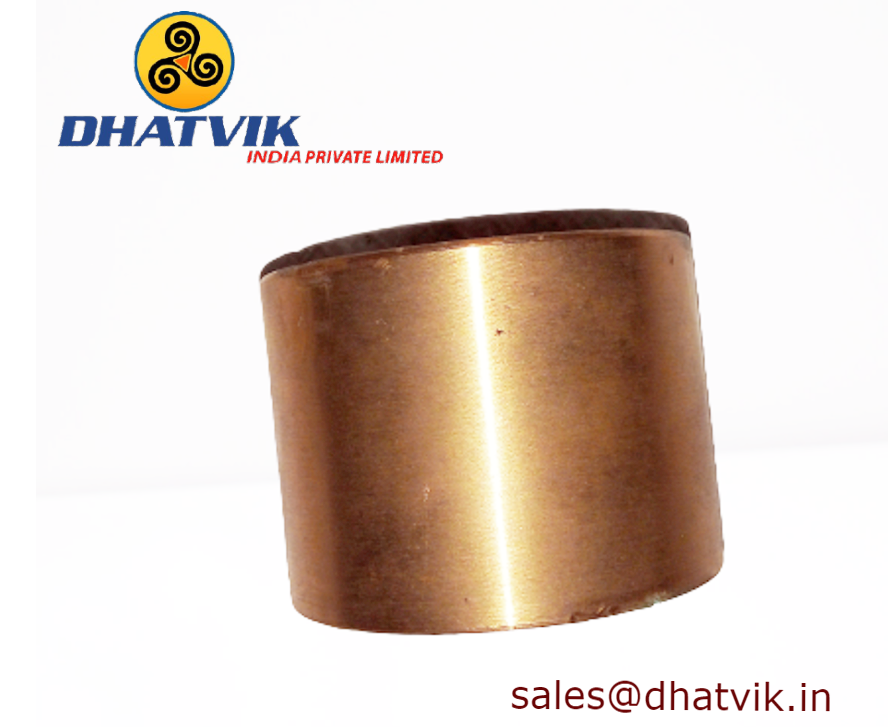- You have no items in your shopping cart
- Continue Shopping
Applications:-
Propeller Shaft Bushings
Brass bushings are often used on the propeller shaft. Another benefit is that brass does not rust, therefore it is an ideal metal for a marine environment. Some marine bushings are a two-part design. They have an outer shell made of steel, and an inner bushing pressed in made out of brass that rides against the shaft.
Water Pump Bushing
All water-cooled car engines have a water pump, and the pump has a brass bushing for the main shaft. Brass applies to the shaft bushing because of its anti-rust properties, along with its anti-friction properties when in contact with steel. A rubber seal is placed on the inside part of the bushing to prevent water leakage. This seal allows a minute amount of fluid to leak through to lubricate the bushing. Manufacturers never recommend using just straight water. Instead, they recommend fluid such as antifreeze, which has built-in lubricants to help fight friction between the bushing and the water pump shaft.
Electric Motors
Many electric motors use brass bushings on either side of the armature (the rotating part) to support the motor shaft. A variety of reasons exist why brass is used. First, it is cheap and plentiful. Second, it has anti-friction properties, thereby only a small amount of grease is needed. Third, it is easy to manufacture with common machine tools.
Slide Bearings
Many times, a machine shaft does not rotate, but rather slides in and out of an assembly. Desktop printers use this motion in carrying the print head back and forth on the paper. If you have a printer, look at the sliding carriage that carries the ink cartridge. The carriage is mounted on polished steel shafts. Many times, the carriage slide bushings are made out of brass.






